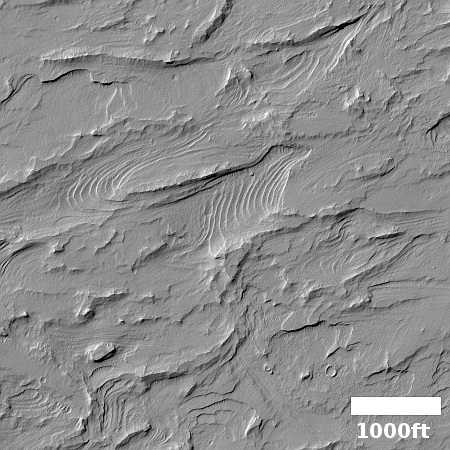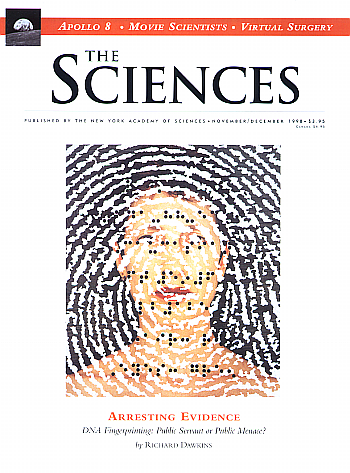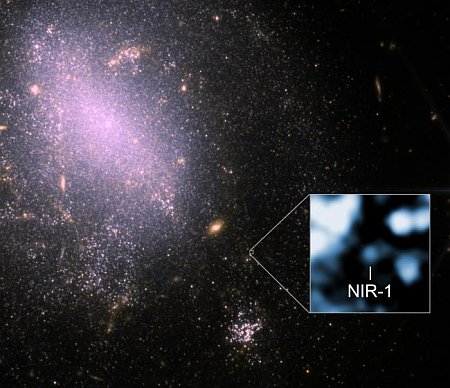On the road today
Diane and I are on the road today, leaving the Grand Canyon, which remains as grand as ever, and heading to Colorado to visit friends we haven’t seen since before the COVID panic.
Thus, I will likely not be able to watch today’s third attempt by SpaceX to complete the tenth launch of its Starship/Superheavy rocket, as it happens.. (Live stream can be found here.)
Once settled in Colorado I will catch up. Like you all, I have my fingers crossed that the launch will go off as hoped with a largely successful test flight.
One fortunate thing that has occurred during the previous two launch attempts in the past two days is that it appears the protest of boats proposed by a Mexico radical activist group to block the launch has so appeared to be a bust. There has been no indication of any boats entering the launch range in the Gulf of Mexico, and if any have tried, it appears they have been removed quickly.
Diane and I are on the road today, leaving the Grand Canyon, which remains as grand as ever, and heading to Colorado to visit friends we haven’t seen since before the COVID panic.
Thus, I will likely not be able to watch today’s third attempt by SpaceX to complete the tenth launch of its Starship/Superheavy rocket, as it happens.. (Live stream can be found here.)
Once settled in Colorado I will catch up. Like you all, I have my fingers crossed that the launch will go off as hoped with a largely successful test flight.
One fortunate thing that has occurred during the previous two launch attempts in the past two days is that it appears the protest of boats proposed by a Mexico radical activist group to block the launch has so appeared to be a bust. There has been no indication of any boats entering the launch range in the Gulf of Mexico, and if any have tried, it appears they have been removed quickly.









